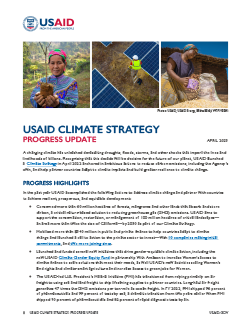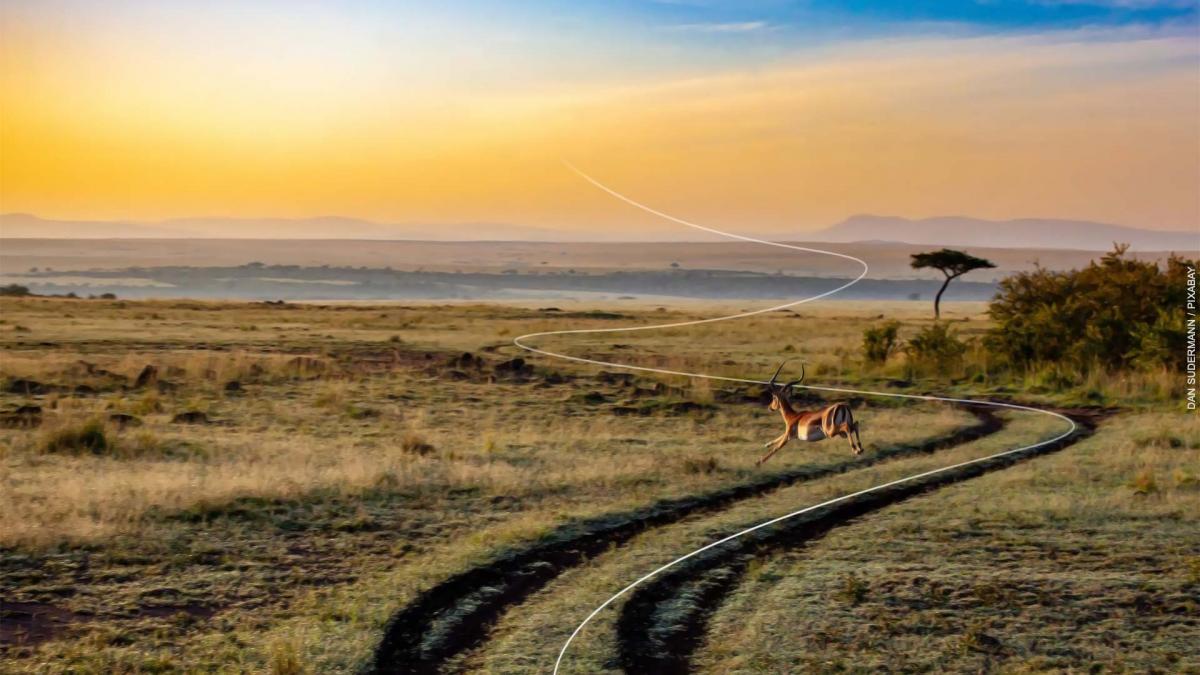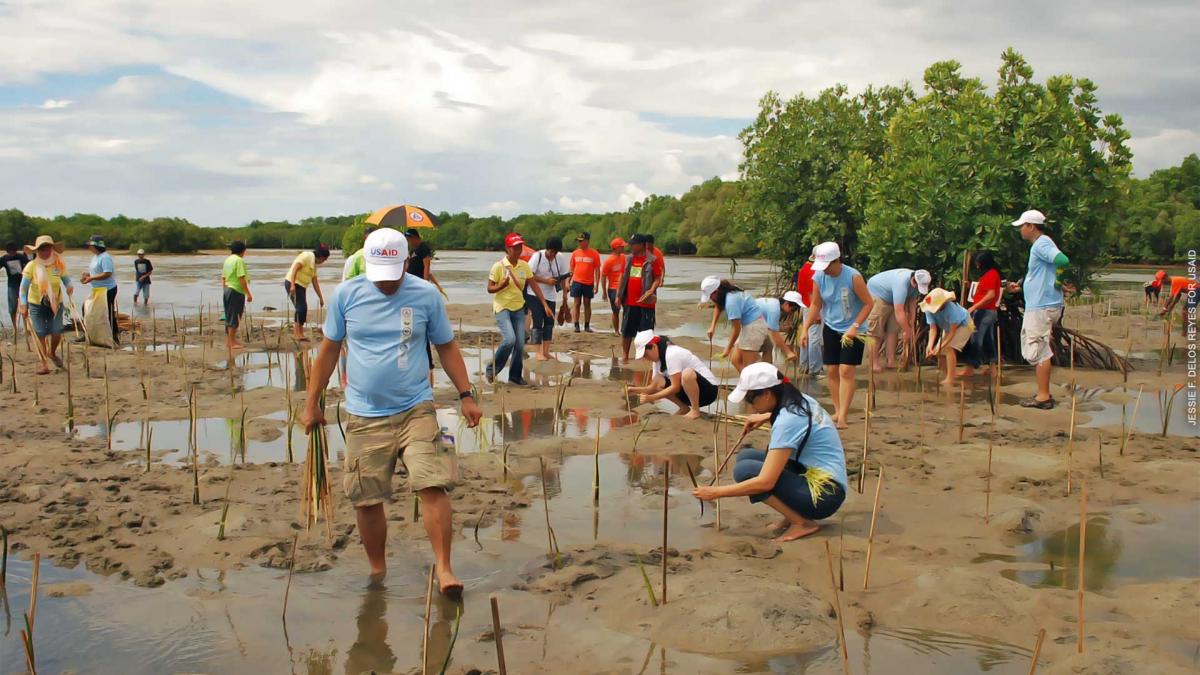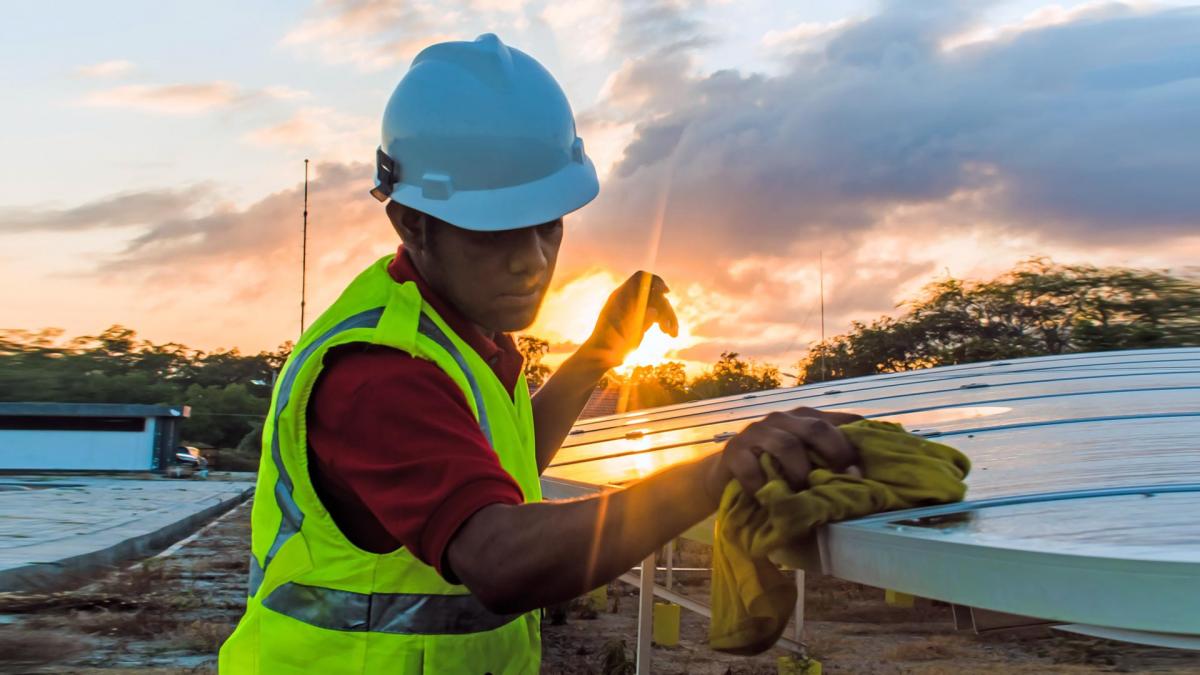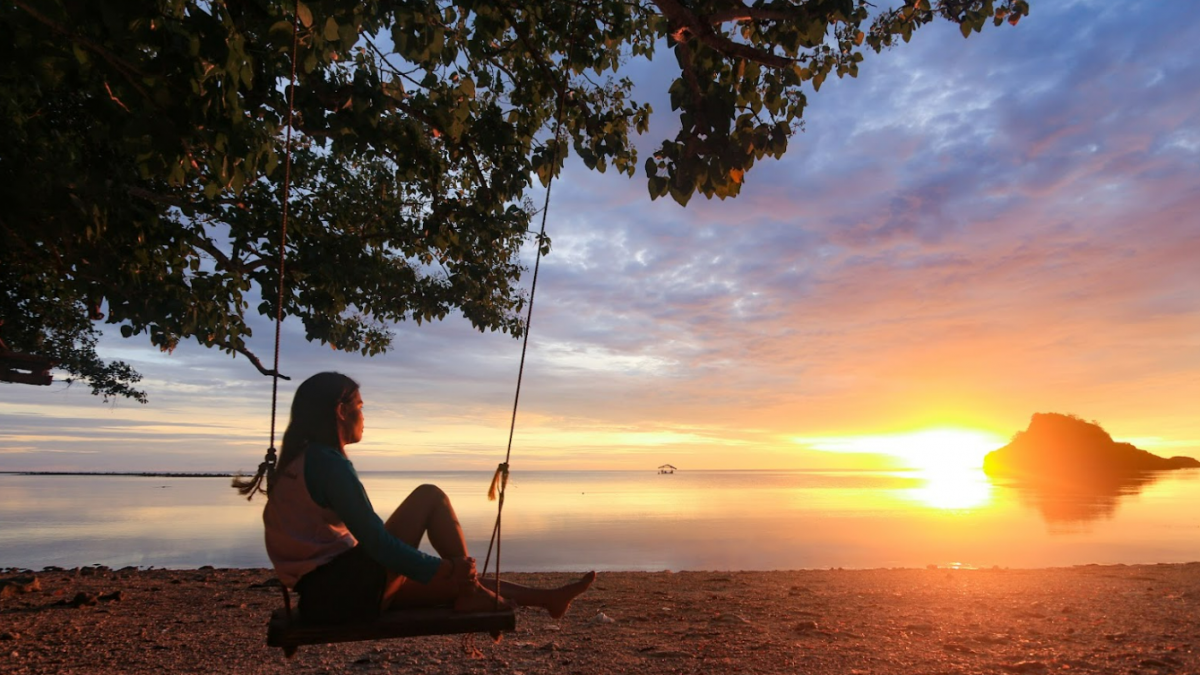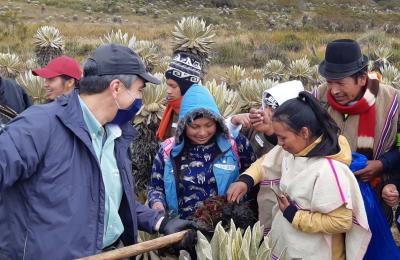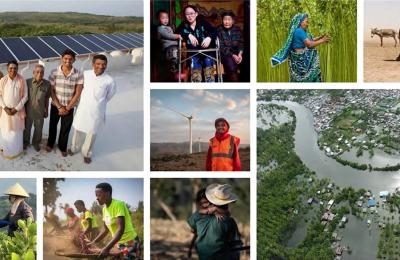FACT SHEET – In the first year of USAID’s Climate Strategy (2022–2030), the Agency has advanced its implementation through direct actions and new initiatives to tackle the climate crisis.
A changing climate has unleashed devastating droughts, floods, storms, and other shocks that imperil the lives and livelihoods of billions. Recognizing that this decade will be decisive for the future of our planet, USAID launched a Climate Strategy in April 2022 anchored in ambitious actions to reduce carbon emissions, including the Agency’s own, and help partner countries adapt to climate impacts and build greater resilience to climate change.
Progress Highlights
In the past year USAID accomplished the following actions to address climate change and partner with countries to achieve resilient, prosperous, and equitable development:
Conserved more than 60 million hectares of forests, mangroves and other lands that absorb and store carbon, a critical nature-based solution to reducing greenhouse gas (GHG) emissions. USAID aims to support the conservation, restoration, or management of 100 million hectares of critical landscapes— an area more than twice the size of California—by 2030 as part of our Climate Strategy.
Mobilized more than $340 million in public and private finance to help countries adapt to climate change and launched a call to action to the private sector to invest—with 10 companies making initial commitments, and two more joining since.
Launched and funded several new initiatives that drive gender-equitable climate action, including the new USAID Climate Gender Equity Fund in partnership with Amazon to increase women’s access to climate finance to scale solutions that meet their needs, as well USAID’s new activities scaling women’s land rights and climate-smart agriculture and increase access to green jobs for women.
The USAID-led U.S. President’s Malaria Initiative (PMI) has transitioned from relying primarily on air freight to using sea and land freight to ship lifesaving supplies to partner countries. Long-haul air freight generates 47 times the GHG emissions per ton-mile as ocean freight. In FY 2022, PMI shipped 96 percent of pharmaceuticals and 99 percent of tests by sea, a dramatic transition from two years earlier when PMI shipped 90 percent of pharmaceuticals and 82 percent of rapid diagnostic tests by air.
Continued to play a leadership role in advancing key interagency initiatives, including the President’s Emergency Plan for Adaptation and Resilience (PREPARE), the President’s Plan to Conserve Global Forests, and the Just Energy Transition Partnerships.
In addition, we have launched a variety of other new programs and initiatives to tackle the climate crisis, such as investing $33 million into provide communities with access to effective early warning systems; new efforts to conserve carbon-rich forests in the Amazon, Congo, and South and Southeast Asia; and an initiative to reduce methane emissions.
The Strategy in Action
Because addressing the climate crisis requires a holistic approach, all parts of USAID—and our partners—are playing a role. Below we feature examples of how the Strategy is taking form across the globe as part of our ongoing work to address the climate crisis.
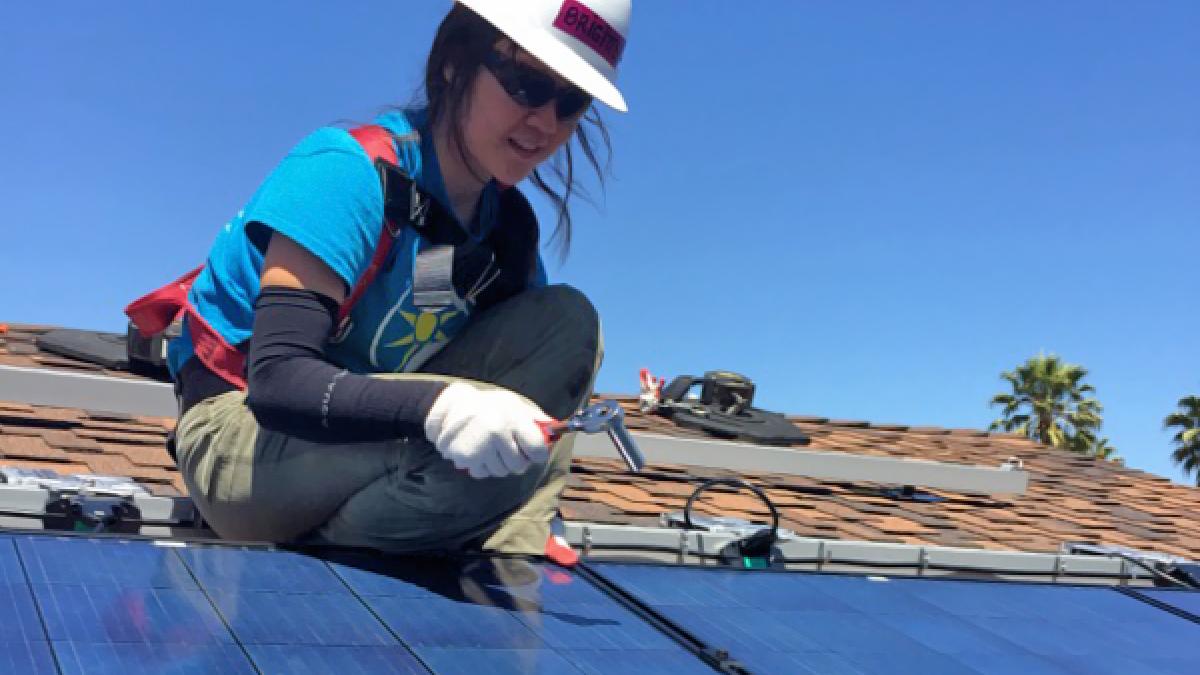
USAID
Accelerating the Clean Energy Transition Through Auctions
Competitive renewable energy auctions can help countries attract private finance and find the most cost-effective projects on the market. For example, with USAID’s support the Philippines announced the winners of the country’s first ever renewable energy auction in 2022. Almost 2,000 megawatts of renewable energy capacity—equal to nearly 10 percent of the country’s current energy capacity—were successfully auctioned to 11 developers. The power generation will come online from 2023-2025, increasing consumer access to low-cost renewable energy.
Accelerating the Clean Energy Transition Through Auctions
Learn more about auctions USAID has facilitated.
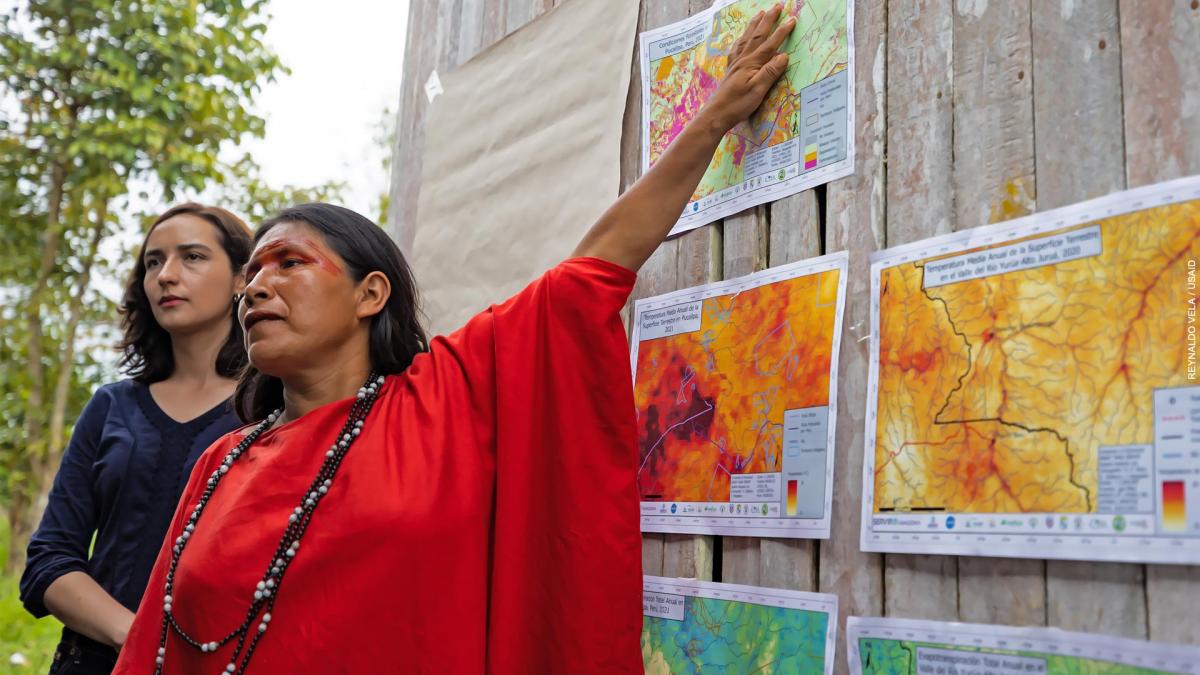
Reynaldo Vela / USAID
Working with Local Communities to Fight Amazon Deforestation
The Amazon rainforest is one of our planet’s most vital carbon sinks, but is facing rapid deforestation from threats like illegal mining, logging, and extensive livestock production that result in high GHG emissions. USAID is working to change that. For example, we partnered with NASA to create the TerraOnTrack app so community members can monitor and report threats to their land in real time.
Tackling the Food and Climate Crises Side-by-side
With millions at risk of famine worldwide, increased access to climate-resilient seeds—an approach pioneered by USAID—is helping millions of farmers better withstand drought and feed their families, helping ameliorate the need for humanitarian assistance. Through our investments and partnership with the Bill and Melinda Gates Foundation and the Foundation for Food and Agricultural Research for example, smallholder farmers across 7 million hectares in Africa gained access to improved seeds that increased their yields by 25 percent, benefitting more than 44 million people in 2022 alone.
“Doing Our Part” to Reduce USAID’s Emissions
USAID set a target to reduce its operational emissions by 65 percent by FY 2030 from a FY 2008 baseline and to be net-zero by 2050, as well as working to reduce our energy usage and our global supply chain carbon footprint—for example, by reducing packaging waste and maximizing ocean freight versus air freight without compromising mission success or other priorities.
Launching the First Ever Blue-green Bank in the Caribbean
In January 2023, USAID launched the Enterprises for Development, Growth, and Empowerment (EDGE) Fund to tap into the private sector’s competitive edge and solve global challenges like the climate crisis. As one of the founding initiatives, USAID, the Government of Barbados, and the Green Climate Fund announced plans to establish the Blue Green Investment Corporation (BGIC), a public-private “green bank” that can finance projects such as resilient housing, renewable energy, green transportation, and water conservation. Financial vehicles like the BGIC help demonstrate that private investment in climate resilience, lower-income households, and projects traditionally considered to be too small, risky, or uneconomical can be profitable while advancing critical development outcomes.
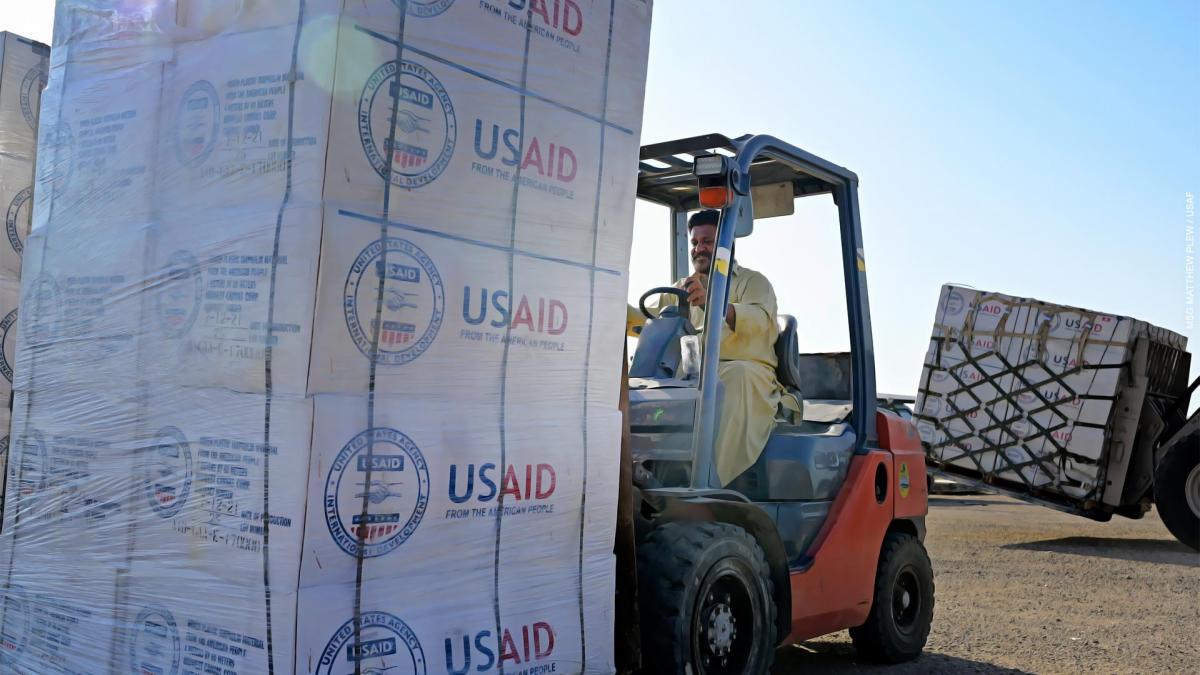
U.S. Air Force photo by Master Sgt. Matthew Plew
Responding to Climate and Humanitarian Emergencies
When heavy rains and flooding in June 2022 left one-third of Pakistan underwater, USAID responded with nearly $80 million in lifesaving humanitarian assistance, providing relief supplies, safe drinking water, and emergency food, nutrition, health, protection, and shelter support. While 27,000 schools were damaged or destroyed following the 2022 floods, 93 state-of-the-art, disaster-resilient school buildings USAID helped build after floods in 2010 remained standing without any damages. These schools were also able to serve as shelters in the worst hit areas, and the investment saved lives. USAID is continuing to support recovery efforts, for example by using our Famine Early Warning Systems Network climate data and satellite imagery to forecast food security in flood-impacted areas of the country, and helping the country to develop a foundation for future resilience.

